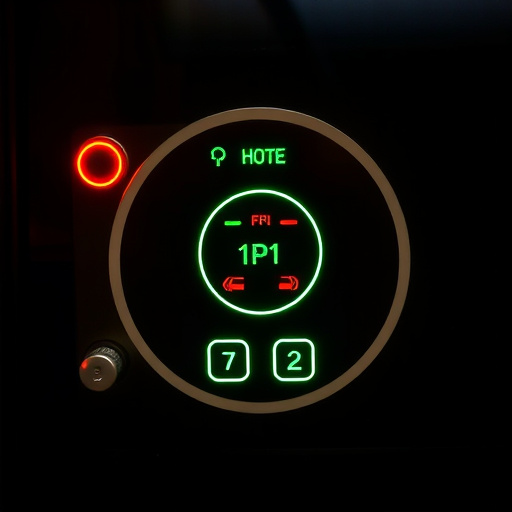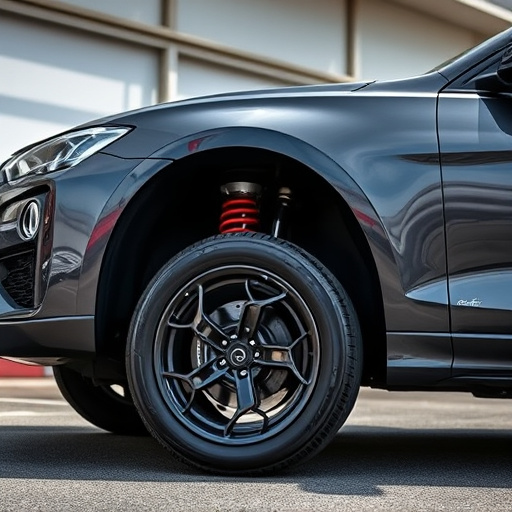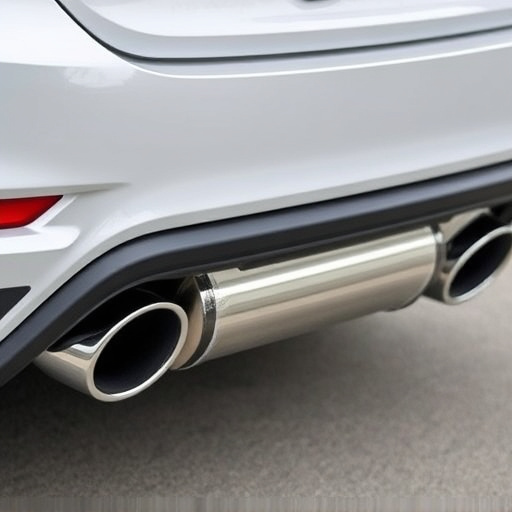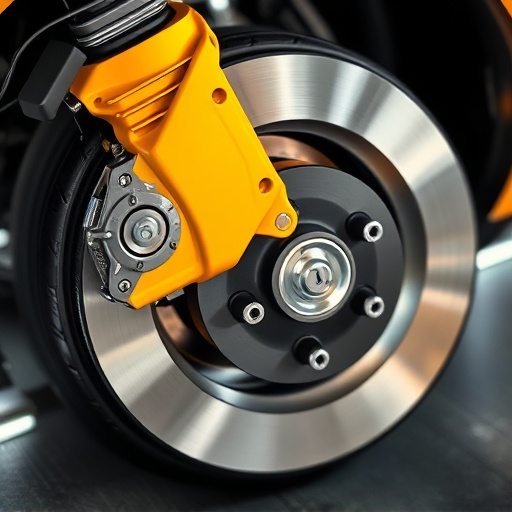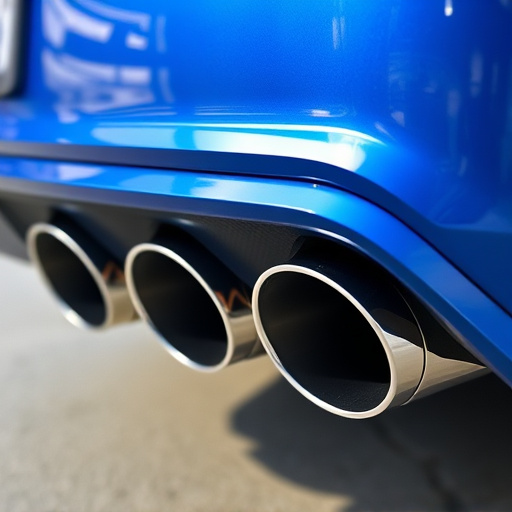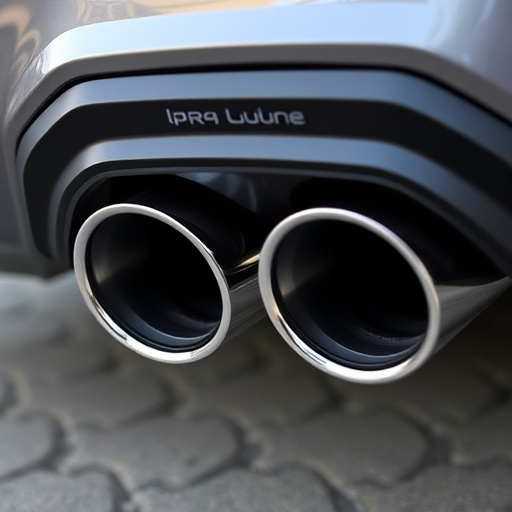Electronic Exhaust Cutouts (EECs) are dual-purpose components in modern vehicles, enhancing performance and reducing noise while acting as sensors for optimizing fuel efficiency and emissions control. Regular maintenance is vital to prevent issues like sensor corruption, electrical shorts, structural damage, or misalignment. Upgrading parts and regularly replacing mufflers further enhances cutout functionality and exhaust system efficiency. Diagnosing EEC issues involves listening for unusual noises, checking error codes, visually inspecting cutouts, and testing sensors/actuators. Proactive measures like sealing compounds, high-quality wires, suspension kits, and cold air intakes prevent common problems, ensuring optimal long-term performance and a smoother driving experience.
Electronic exhaust cutouts, while innovative, often face common issues that can hinder performance. This article delves into the intricacies of these systems, exploring their vital function in modern vehicles. We uncover typical problems like sensor malfunctions, wiring errors, and debris buildup, which can cause cutting out or reduced efficiency. With a step-by-step guide to diagnosis, we empower readers to identify issues. Furthermore, practical fixes and preventative measures are offered to ensure optimal electronic exhaust cutout performance and extend their lifespan.
- Understanding Electronic Exhaust Cutouts: Their Function and Common Problems
- Identifying and Diagnosing Cutout Issues: A Step-by-Step Guide
- Effective Fixes and Preventative Measures for Consistent Performance
Understanding Electronic Exhaust Cutouts: Their Function and Common Problems
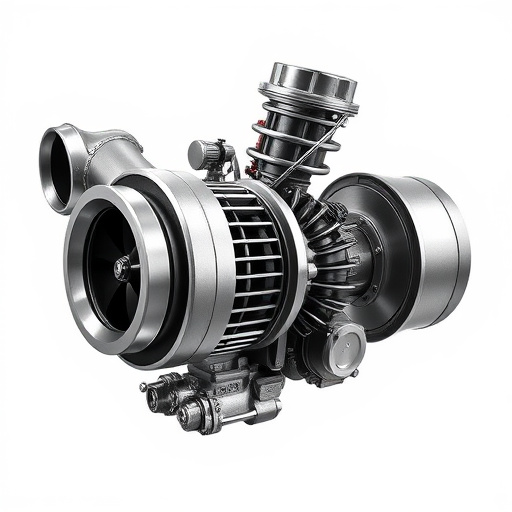
Electronic exhaust cutouts, integral components of many modern vehicles’ exhaust systems, serve a dual purpose. Primarily, they control the flow of gases, enhancing engine performance and reducing noise pollution. Secondly, they act as sensors, monitoring exhaust gas composition to optimize fuel efficiency and emissions control. However, despite their advanced design, electronic exhaust cutouts are not immune to issues. Common problems include malfunction due to sensor corruption or electrical shorts, resulting in poor engine performance and increased noise levels. Furthermore, structural damage or misalignment can lead to reduced exhaust flow, affecting both vehicle speed and fuel economy.
Regular maintenance is key to mitigating these problems. This involves inspecting sensors for any debris or corrosion and ensuring proper wiring. Upgrading to high-performance parts, such as enhanced suspension kits, can also improve cutout functionality by enhancing overall exhaust system efficiency. Additionally, regular replacement of exhaust mufflers contributes to better sound control and smoother engine operation, ensuring your vehicle’s electronic exhaust cutouts function optimally.
Identifying and Diagnosing Cutout Issues: A Step-by-Step Guide
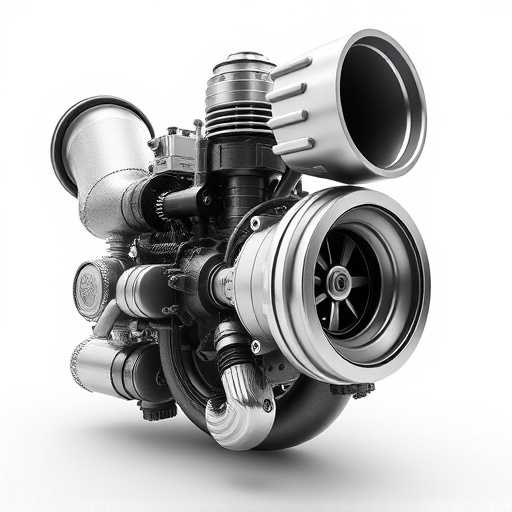
Identifying and Diagnosing Electronic Exhaust Cutout Issues is a crucial step for any vehicle owner or mechanic. Start by observing unusual noises coming from the engine bay, which could indicate a faulty cutout. Check for any error codes stored in the car’s computer system related to the exhaust system; these can provide valuable insights into the problem. Inspect the electronic exhaust cutouts for visible damage, corrosion, or loose connections. Corroded wiring and connectors are common culprits causing intermittent performance issues.
Next, test the sensors and actuators associated with the cutouts using a diagnostic tool. Ensure they’re receiving the correct voltage and signal. A malfunction in these components can lead to premature cutout engagement or failure to activate at all. Consider upgrading to high-performance parts, including performance air filters and coilover kits, if budget allows. These upgrades not only enhance engine performance but also improve overall vehicle dynamics, helping to identify and rectify any lingering cutout issues.
Effective Fixes and Preventative Measures for Consistent Performance
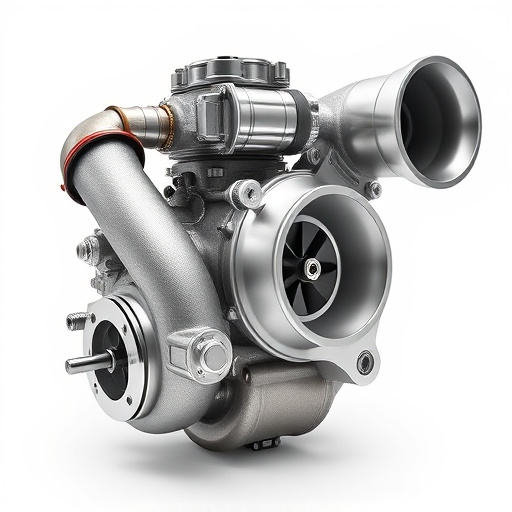
Implementing effective fixes and preventative measures is key to ensuring consistent performance in vehicles equipped with electronic exhaust cutouts (EECs). Regular maintenance checks, including inspecting connections for any loose or damaged wires, can mitigate issues stemming from faulty wiring. Additionally, using high-quality sealing compounds and insulating materials around EEC components helps prevent moisture intrusion, a common cause of malfunctions.
For sustained optimal performance, consider integrating complementary upgrades such as robust suspension kits and efficient cold air intakes. These modifications not only enhance overall vehicle dynamics but also improve engine cooling and intake efficiency, reducing strain on the exhaust system. By combining proactive maintenance with strategic upgrades, owners can anticipate and avert potential problems associated with EECs, ensuring a smoother driving experience.
Electronic exhaust cutouts, while offering advanced engine management, are not immune to issues. By understanding common problems like sensor malfunction, wiring damage, and software glitches, and implementing effective fixes and preventative measures, vehicle owners can ensure optimal performance and efficiency. Regular maintenance and prompt addressing of concerns will keep your electronic exhaust cutouts running smoothly, enhancing overall driving experience. Remember, keeping up with these minor tasks can prevent major headaches down the road.





